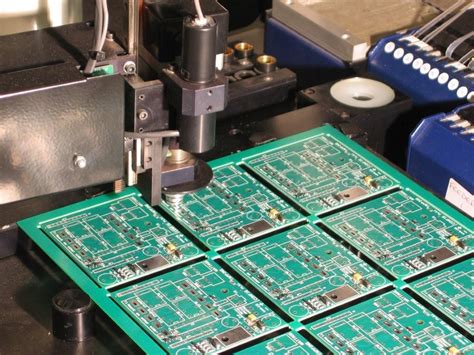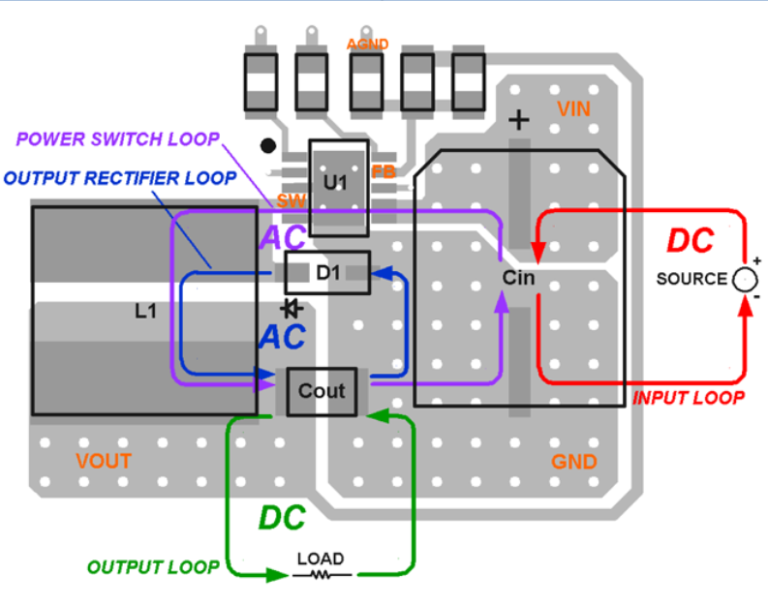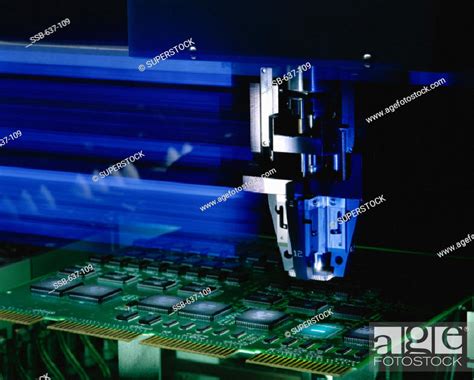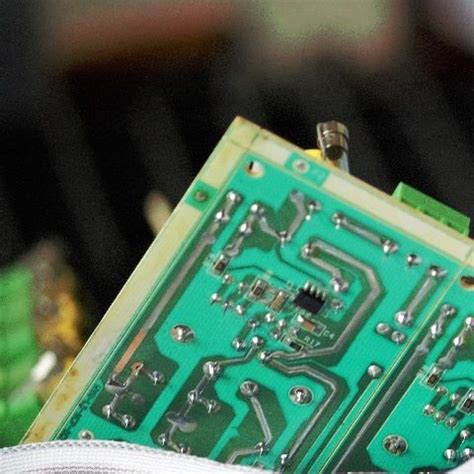China metal core pcb board
Advantages Of Metal Core PCB Boards In China’s Electronics Industry
Metal Core Printed Circuit Boards (MCPCBs) have become a cornerstone in China’s rapidly evolving electronics industry, offering a range of advantages that are pivotal to the sector’s growth and innovation. As the demand for more efficient and reliable electronic devices continues to rise, the unique properties of MCPCBs make them an attractive choice for manufacturers seeking to enhance performance and durability.
One of the primary advantages of metal core PCBs is their superior thermal management capabilities.
Unlike traditional PCBs, which are typically made from materials like fiberglass, MCPCBs incorporate a metal core—usually aluminum or copper—that effectively dissipates heat. This is particularly beneficial in high-power applications where excessive heat can lead to component failure or reduced performance. By efficiently managing heat, MCPCBs help extend the lifespan of electronic devices, thereby reducing maintenance costs and improving reliability.
In addition to thermal management, MCPCBs offer enhanced mechanical stability.
The metal core provides a robust foundation that can withstand mechanical stress and vibration, making these boards ideal for use in environments where durability is paramount. This is especially relevant in sectors such as automotive and aerospace, where electronic components are often exposed to harsh conditions. The increased mechanical strength of MCPCBs ensures that they maintain their integrity and functionality even under challenging circumstances, thus contributing to the overall reliability of the electronic systems in which they are used.
Furthermore, the use of metal core PCBs in China’s electronics industry is driven by their ability to support higher power densities.
As electronic devices become more compact and powerful, the need for PCBs that can handle increased power loads without compromising performance is critical. MCPCBs are well-suited to meet this demand, as their metal cores allow for efficient power distribution and reduced electrical resistance. This capability not only enhances the performance of electronic devices but also enables the development of smaller, more efficient products that meet the needs of modern consumers.
Moreover, the adoption of MCPCBs aligns with China’s commitment to sustainability and energy efficiency.
By improving thermal management and reducing energy consumption, these boards contribute to the development of greener electronic products. This is increasingly important as the global community seeks to address environmental challenges and reduce carbon footprints. The use of MCPCBs in energy-efficient applications, such as LED lighting and renewable energy systems, underscores their role in supporting sustainable technological advancements.
In conclusion, the advantages of metal core PCB boards are manifold and have significant implications for China’s electronics industry.
Their superior thermal management, mechanical stability, and ability to support higher power densities make them an indispensable component in the development of advanced electronic devices. As the industry continues to evolve, the role of MCPCBs is likely to expand, driven by the ongoing demand for more efficient, reliable, and sustainable technologies. By leveraging the unique properties of metal core PCBs, manufacturers in China are well-positioned to meet the challenges of the future and maintain their competitive edge in the global electronics market.
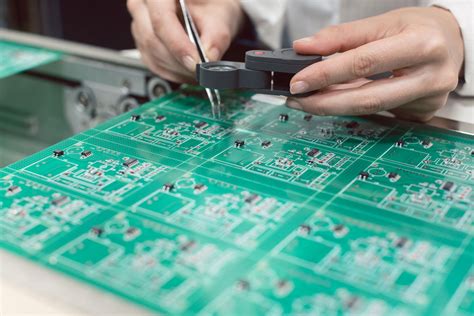
Manufacturing Process Of Metal Core PCB Boards In China
The manufacturing process of metal core printed circuit boards (PCBs) in China is a sophisticated and intricate procedure that combines advanced technology with meticulous craftsmanship. As the demand for high-performance electronic devices continues to rise, the role of metal core PCBs becomes increasingly significant, particularly in applications requiring efficient heat dissipation. China, being a global leader in electronics manufacturing, has developed a robust infrastructure and expertise in producing these specialized PCBs, which are essential for industries such as automotive, aerospace, and LED lighting.
To begin with, the selection of materials is a critical step in the manufacturing process. Metal core PCBs typically consist of a metal base, usually aluminum or copper, which provides excellent thermal conductivity.
This metal base is laminated with a dielectric layer and a copper circuit layer. The choice of metal and dielectric materials is crucial, as it directly impacts the thermal performance and mechanical stability of the final product. Chinese manufacturers often source high-quality materials to ensure that the PCBs meet international standards and customer specifications.
Once the materials are selected, the manufacturing process proceeds with the design and layout of the circuit.
This involves using computer-aided design (CAD) software to create a precise blueprint of the circuit paths. The design phase is critical, as it determines the efficiency and functionality of the PCB. Chinese manufacturers employ skilled engineers who meticulously design the circuit layout to optimize performance while minimizing potential issues such as signal interference and heat accumulation.
Following the design phase, the next step is the fabrication of the PCB.
This involves several sub-processes, including drilling, etching, and plating. Drilling is performed to create holes for component leads and vias, which are essential for electrical connections between different layers of the PCB. Advanced drilling machines are used to achieve high precision and accuracy. Subsequently, the etching process removes excess copper from the circuit board, leaving behind the desired circuit pattern. This is typically achieved through chemical or laser etching techniques, both of which are widely used in Chinese manufacturing facilities.
Plating is another crucial step, where a thin layer of metal, often gold or nickel, is deposited onto the copper traces to enhance conductivity and protect against oxidation.
This step is particularly important for ensuring the longevity and reliability of the PCB in various environmental conditions. Chinese manufacturers utilize state-of-the-art plating technologies to achieve uniform and high-quality coatings.
After fabrication, the PCBs undergo a series of inspections and tests to ensure they meet the required specifications.
These quality control measures include visual inspections, electrical testing, and thermal cycling tests. Chinese manufacturers place a strong emphasis on quality assurance, employing rigorous testing protocols to identify and rectify any defects before the PCBs are shipped to customers.
Finally, the PCBs are assembled and packaged for delivery.
This involves mounting electronic components onto the board and soldering them in place. The assembly process is often automated, utilizing advanced machinery to achieve high precision and efficiency. Once assembled, the PCBs are carefully packaged to prevent damage during transportation.
In conclusion, the manufacturing process of metal core PCBs in China is a comprehensive and highly technical procedure that requires a combination of skilled labor, advanced technology, and stringent quality control measures. As the global demand for these specialized PCBs continues to grow, Chinese manufacturers remain at the forefront, leveraging their expertise and resources to deliver high-quality products that meet the diverse needs of various industries.
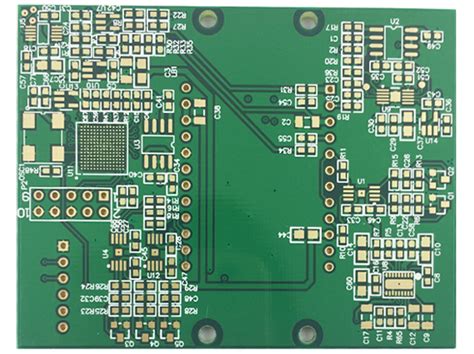
Innovations In Metal Core PCB Technology In China
China has long been at the forefront of technological advancements, and its contributions to the field of metal core printed circuit boards (PCBs) are no exception. Metal core PCBs, known for their superior heat dissipation properties, are increasingly becoming a staple in industries that demand high-performance electronic components. As the demand for more efficient and reliable electronic devices grows, China has emerged as a leader in the innovation and production of these specialized PCBs.
One of the key innovations in metal core PCB technology in China is the development of advanced thermal management solutions.
Traditional PCBs often struggle with heat dissipation, which can lead to reduced performance and a shorter lifespan for electronic devices. However, metal core PCBs, with their metal substrate, offer a significant improvement in thermal conductivity. Chinese manufacturers have been at the forefront of enhancing these properties by experimenting with various metal substrates, such as aluminum and copper, to optimize heat transfer. This innovation is particularly crucial for applications in high-power LED lighting, automotive electronics, and power supplies, where efficient heat management is essential.
Moreover, Chinese companies have been investing heavily in research and development to improve the manufacturing processes of metal core PCBs.
By adopting cutting-edge technologies such as laser drilling and precision etching, these manufacturers have been able to produce PCBs with higher precision and reliability. This not only enhances the performance of the final product but also reduces production costs, making metal core PCBs more accessible to a broader range of industries. The integration of automation and artificial intelligence in the manufacturing process has further streamlined production, ensuring consistent quality and faster turnaround times.
In addition to advancements in manufacturing techniques, China has also made significant strides in the design and customization of metal core PCBs.
With the increasing complexity of electronic devices, there is a growing need for PCBs that can be tailored to specific applications. Chinese designers have been leveraging sophisticated software tools to create highly customized PCB layouts that meet the unique requirements of different industries. This level of customization is particularly beneficial for sectors such as telecommunications and consumer electronics, where the demand for miniaturization and enhanced functionality is ever-present.
Furthermore, China’s commitment to sustainability and environmental responsibility has influenced the development of eco-friendly metal core PCBs.
Recognizing the environmental impact of electronic waste, Chinese manufacturers are exploring the use of recyclable materials and environmentally friendly production processes. This includes the implementation of lead-free soldering techniques and the reduction of hazardous substances in PCB manufacturing. By prioritizing sustainability, China is not only addressing global environmental concerns but also setting a benchmark for other countries to follow.
In conclusion, China’s innovations in metal core PCB technology are driving significant advancements in the electronics industry. Through improved thermal management solutions, enhanced manufacturing processes, customized designs, and a focus on sustainability, Chinese manufacturers are setting new standards for performance and efficiency. As the demand for high-performance electronic components continues to rise, China’s role as a leader in metal core PCB technology is likely to grow even further, solidifying its position as a key player in the global electronics market.
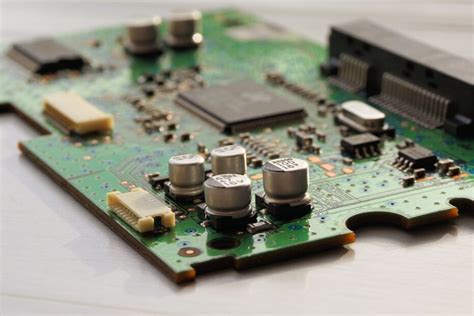
Environmental Impact Of Metal Core PCB Production In China
The production of metal core printed circuit boards (PCBs) in China has become a significant component of the global electronics manufacturing industry. As the demand for advanced electronic devices continues to rise, so does the need for efficient and reliable PCBs, which serve as the backbone of these devices. However, the environmental impact of metal core PCB production in China is a growing concern that warrants careful consideration. Understanding the environmental implications of this industry is crucial for developing sustainable practices and mitigating negative effects.
To begin with, the manufacturing process of metal core PCBs involves several stages, each contributing to environmental degradation.
The initial phase includes the extraction and processing of raw materials, such as aluminum or copper, which are essential for the metal core. Mining these metals can lead to habitat destruction, soil erosion, and water pollution. Furthermore, the energy-intensive nature of metal extraction and processing results in significant greenhouse gas emissions, contributing to climate change.
As the production process advances, the fabrication of PCBs involves the use of various chemicals and solvents.
These substances, if not managed properly, can lead to hazardous waste generation and potential contamination of air, water, and soil. In China, where environmental regulations have historically been less stringent, improper disposal and treatment of chemical waste have posed significant environmental challenges. Although recent years have seen improvements in regulatory frameworks, the enforcement and compliance remain inconsistent across different regions and manufacturers.
Moreover, the energy consumption associated with PCB production is another critical factor contributing to its environmental impact.
The manufacturing process requires substantial electricity, often sourced from coal-fired power plants in China. This reliance on fossil fuels exacerbates air pollution and increases carbon emissions, further intensifying the environmental footprint of the industry. Transitioning to cleaner energy sources and improving energy efficiency in production facilities are essential steps toward reducing this impact.
In addition to production-related concerns, the end-of-life management of metal core PCBs presents further environmental challenges.
Electronic waste, or e-waste, is a growing problem globally, and China is no exception. Discarded PCBs contribute to the accumulation of e-waste, which, if not properly recycled or disposed of, can release toxic substances into the environment. The informal recycling sector in China often employs unsafe practices, such as open burning and acid leaching, to recover valuable metals from e-waste, leading to severe environmental and health risks.
Addressing the environmental impact of metal core PCB production in China requires a multifaceted approach.
Strengthening environmental regulations and ensuring their consistent enforcement is paramount. Encouraging manufacturers to adopt cleaner production technologies and practices can significantly reduce emissions and waste. Additionally, promoting research and development in sustainable materials and processes can pave the way for more environmentally friendly alternatives.
Furthermore, fostering international collaboration and knowledge exchange can help China align with global best practices in environmental management. By working together, governments, industry stakeholders, and environmental organizations can develop comprehensive strategies to minimize the ecological footprint of metal core PCB production.
In conclusion, while the production of metal core PCBs in China is integral to the global electronics industry, it is imperative to address its environmental impact. Through concerted efforts to improve regulatory frameworks, enhance production practices, and manage e-waste responsibly, it is possible to mitigate the adverse effects and move towards a more sustainable future for the industry.

